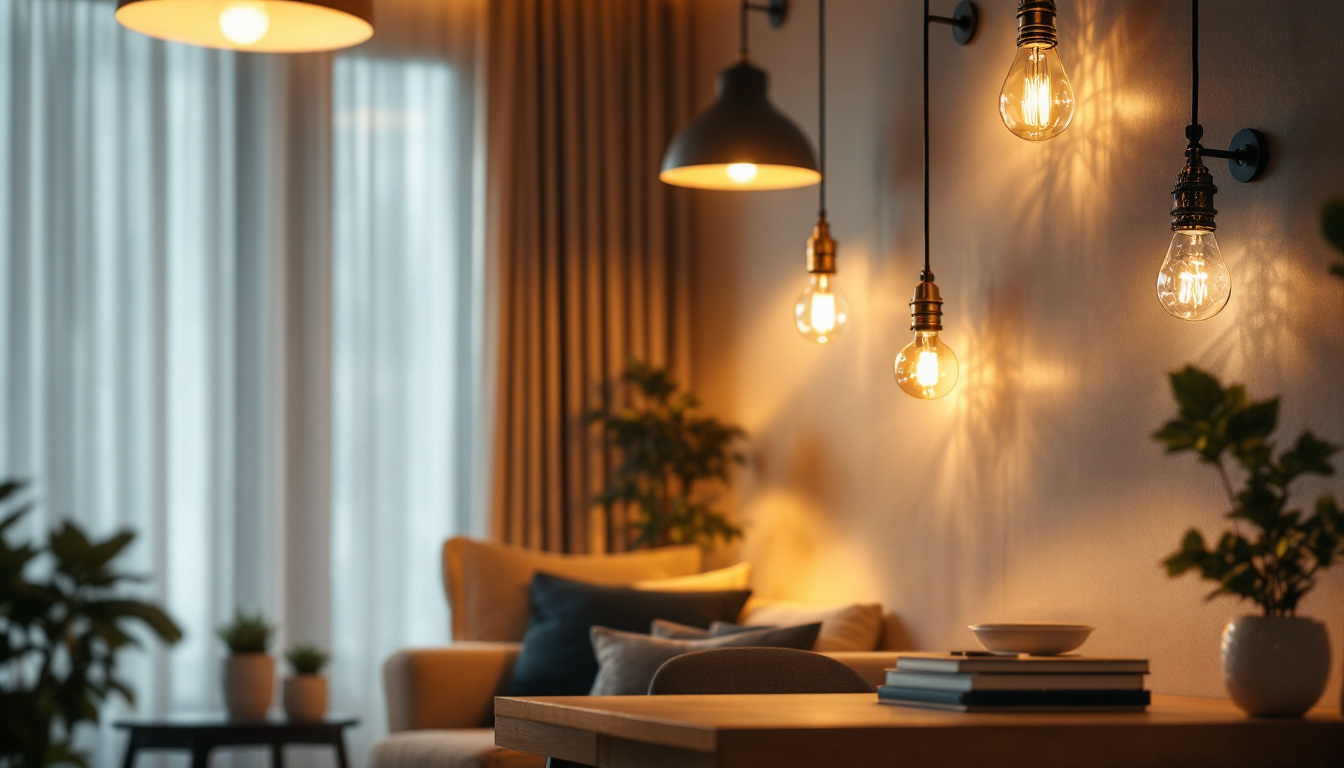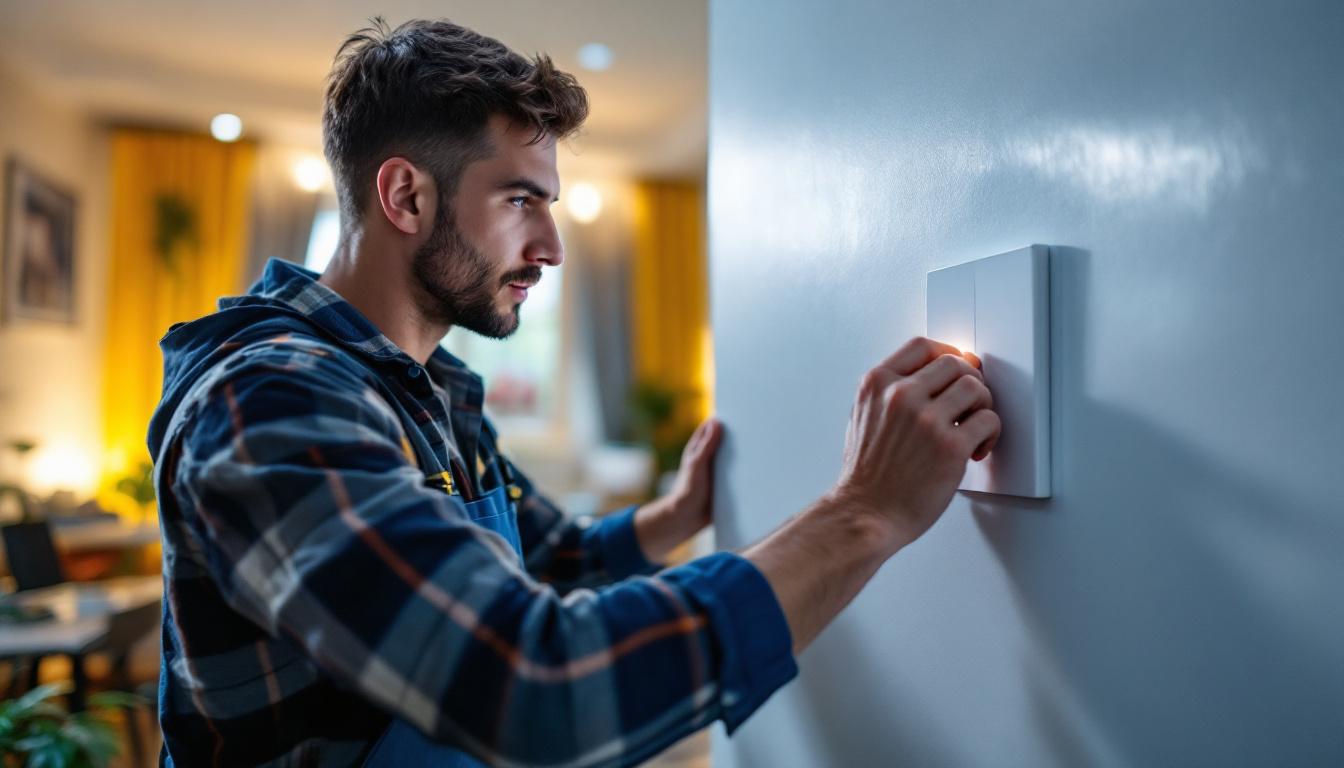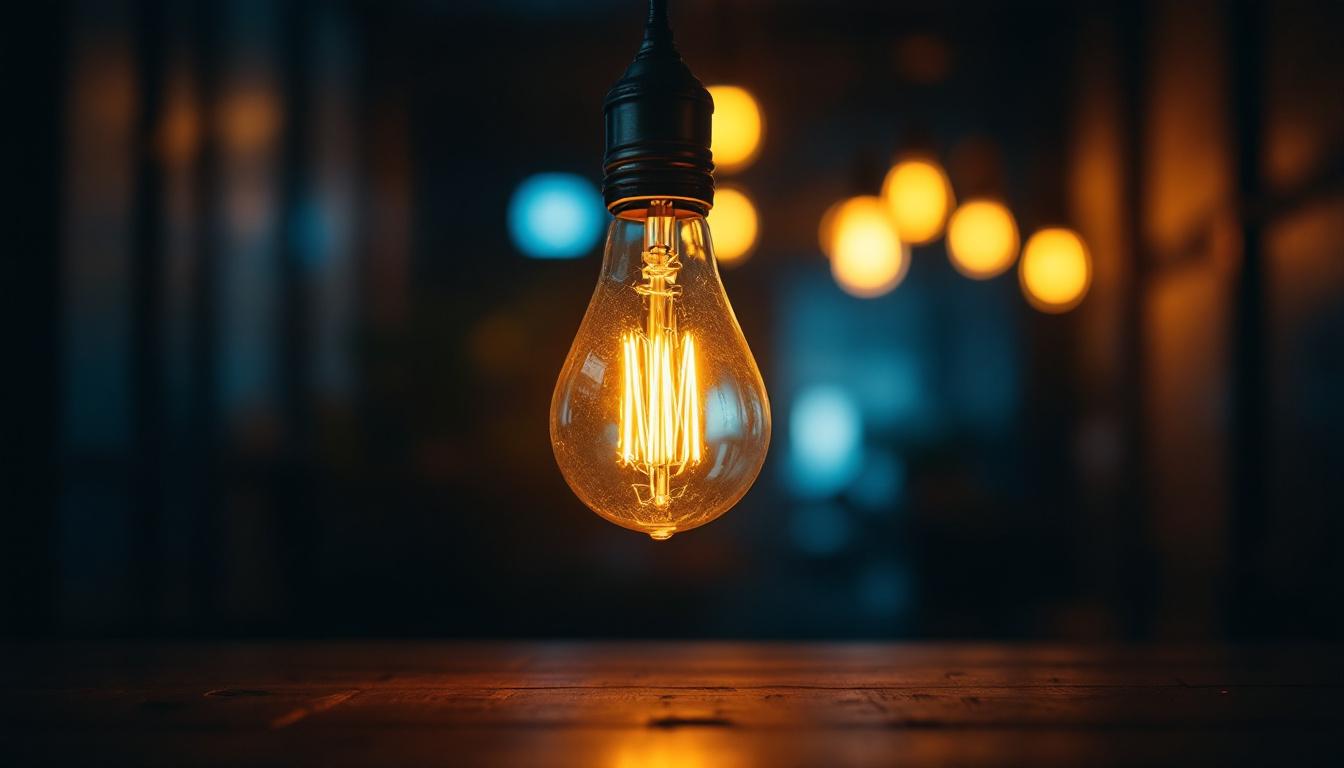
In the world of home improvement, lighting plays an essential role in enhancing both functionality and aesthetics. For lighting contractors, understanding the various types of lights available and how they can be effectively integrated into residential projects is crucial. This article explores how proper lighting choices can significantly improve installation projects, leading to satisfied clients and successful outcomes.
Lighting is not merely a practical necessity; it is a vital component of home design that influences mood, perception, and usability of spaces. The right lighting can transform a room, highlighting architectural features while providing necessary illumination for tasks.
When planning lighting installations, contractors must consider the unique needs of each space. Different rooms serve different purposes, and the lighting should reflect that. For example, a kitchen requires bright, focused lighting for cooking, while a living room may benefit from softer, ambient lighting that creates a cozy atmosphere. Additionally, the choice of light fixtures can greatly affect the overall aesthetic; modern pendant lights can add a touch of elegance, while rustic chandeliers can evoke a sense of warmth and comfort.
Understanding the three primary types of lighting—ambient, task, and accent—is essential for any lighting contractor. Ambient lighting provides overall illumination, task lighting focuses on specific areas for activities like reading or cooking, and accent lighting highlights particular features or decor. For instance, using wall sconces or track lighting can draw attention to artwork or architectural details, enhancing the visual narrative of a space.
By integrating these types of lighting, contractors can create a balanced and functional lighting scheme that meets the needs of homeowners. This holistic approach not only enhances the visual appeal of the space but also improves its usability. Moreover, the color temperature of the bulbs used can significantly impact the atmosphere; warmer tones can create a relaxed environment, while cooler tones may energize a space, making it essential to choose wisely based on the room’s intended use.
Another critical consideration in lighting design is the balance between natural and artificial light. natural light has numerous benefits, including energy savings and improved mood. However, it is essential to complement it with artificial lighting, especially during the evening or in spaces with limited windows. Large windows, skylights, and open layouts can maximize natural light, but they must be paired with well-placed artificial sources to ensure functionality at all times.
Contractors should assess how natural light enters a home and design their lighting installations accordingly. This might involve strategically placing fixtures to enhance daylight or selecting dimmable options that can adjust to changing light conditions throughout the day. Additionally, using reflective surfaces, such as mirrors or light-colored walls, can amplify the effects of natural light, making spaces feel larger and more inviting. By thoughtfully combining these elements, homeowners can enjoy a dynamic lighting experience that evolves with the time of day and their daily activities.
The selection of lighting fixtures is a pivotal aspect of any installation project. The right fixtures not only fulfill functional requirements but also contribute to the overall design aesthetic of a home. Lighting can dramatically influence the mood and ambiance of a space, making the choice of fixtures even more critical. Whether it’s a cozy living room or a vibrant kitchen, the fixtures selected can enhance the character of the room and create a welcoming atmosphere.
When choosing fixtures, contractors should consider factors such as style, size, and energy efficiency. For instance, pendant lights can serve as stylish focal points in kitchens, while recessed lighting provides a sleek, modern look that works well in various settings. Additionally, the scale of the fixtures should be proportionate to the space; oversized fixtures in small rooms can overwhelm, while tiny lights in expansive areas may go unnoticed. It’s essential to strike a balance that complements the overall design and functionality of the space.
With the growing emphasis on sustainability, energy-efficient lighting options have become increasingly popular. LED lights, for example, consume significantly less energy than traditional incandescent bulbs and have a longer lifespan, making them a cost-effective choice for homeowners. Beyond just saving on electricity bills, LED technology has advanced to offer a range of color temperatures and brightness levels, allowing for customization that suits various activities and moods.
Contractors should educate clients about the benefits of energy-efficient lighting, including lower utility bills and reduced environmental impact. By promoting sustainable options, contractors can position themselves as responsible professionals committed to modern building practices. Furthermore, many local governments and utility companies offer incentives for choosing energy-efficient lighting, which can provide additional financial benefits to homeowners. This not only makes the project more appealing but also aligns with the growing trend of eco-conscious living.
The advent of smart technology has revolutionized the lighting industry. Smart lighting solutions allow homeowners to control their lighting remotely, set schedules, and even adjust brightness and color temperature through mobile apps or voice-activated devices. This level of control not only enhances convenience but also allows for energy savings by ensuring lights are only on when needed.
Incorporating smart lighting into installation projects can significantly enhance the user experience. Contractors should stay informed about the latest smart technologies and be prepared to offer these options to clients looking for modern, convenient solutions. Moreover, the integration of smart lighting systems can be expanded to include features such as motion sensors and automated dimming, which can further optimize energy use and adapt to the homeowner’s lifestyle. As smart homes become more prevalent, offering these advanced lighting solutions can set contractors apart in a competitive market, showcasing their commitment to innovation and customer satisfaction.
A well-thought-out lighting plan is essential for achieving optimal results in any installation project. Contractors should take the time to assess each space, considering factors such as room size, existing architecture, and the intended use of the area.
Creating a lighting layout involves determining the placement of fixtures, the type of lighting needed, and how different light sources will interact. This careful planning can prevent issues such as dark corners or overly bright spots, leading to a more harmonious and functional space.
Layering light is a technique that involves using multiple light sources to create depth and dimension in a room. By combining ambient, task, and accent lighting, contractors can achieve a more dynamic and visually appealing environment.
For example, a dining area can benefit from a combination of overhead pendant lighting for ambiance, wall sconces for accent, and table lamps for task lighting. This layered approach not only enhances the functionality of the space but also adds to its overall aesthetic appeal.
Different activities require different lighting conditions. For instance, a home office may need bright, focused lighting for productivity, while a bedroom should have softer, more relaxing lighting for winding down at the end of the day. Contractors must consider the specific activities that will take place in each room and adjust their lighting designs accordingly.
By tailoring lighting to the needs of various activities, contractors can create spaces that are not only beautiful but also highly functional, ultimately leading to greater client satisfaction.
Adhering to local building codes and regulations is a critical aspect of any lighting installation project. These codes often dictate specific requirements for electrical systems, safety standards, and energy efficiency.
Contractors must stay informed about the relevant regulations in their area and ensure that all installations comply with these standards. Failure to do so can result in costly fines and safety hazards, making it essential for contractors to prioritize compliance in their projects.
Safety should always be a top priority in lighting installations. This includes ensuring that all electrical work is performed to code, using appropriate materials, and considering the safety of the fixtures themselves.
Contractors should also educate clients about safe lighting practices, such as avoiding the use of extension cords as permanent solutions and ensuring that fixtures are installed securely. By prioritizing safety, contractors can build trust with clients and enhance their reputation in the industry.
In many cases, lighting installations may require permits or documentation to ensure compliance with local regulations. Contractors should be prepared to handle these requirements efficiently, providing clients with peace of mind throughout the installation process.
Keeping thorough records of all permits, inspections, and compliance documentation can help streamline future projects and demonstrate professionalism to clients. This attention to detail can set a contractor apart from competitors in a crowded market.
Effective communication with clients is essential for successful lighting installation projects. Contractors should take the time to explain their design choices, the benefits of different lighting options, and how to operate any installed systems.
Educating clients about the importance of lighting can also help them make informed decisions, leading to greater satisfaction with the final results. This proactive approach can foster positive relationships and encourage referrals, ultimately benefiting the contractor’s business.
Every client has unique preferences and requirements when it comes to lighting. Contractors should engage in thorough discussions to understand their clients’ vision, lifestyle, and specific needs for each space.
By taking the time to listen and ask questions, contractors can tailor their designs to meet those needs effectively. This personalized approach not only enhances the client experience but also increases the likelihood of repeat business and referrals.
Once the installation is complete, ongoing support can significantly enhance client satisfaction. Contractors should be available to address any questions or concerns that arise after the project is finished.
This might include providing guidance on how to use smart lighting systems, troubleshooting issues, or offering maintenance tips. By being responsive and supportive, contractors can build lasting relationships with clients, encouraging them to return for future projects.
Lighting installation projects present a unique opportunity for contractors to showcase their skills and creativity. By understanding the importance of lighting in home design, choosing the right fixtures, and implementing effective planning and communication strategies, contractors can significantly improve their project outcomes.
Ultimately, successful lighting installations not only enhance the beauty and functionality of a home but also contribute to client satisfaction and long-term business success. By staying informed about the latest trends and technologies, contractors can continue to provide exceptional service and stay ahead in a competitive industry.
Ready to elevate your lighting installation projects with the finest selection of spec-grade lighting products? Look no further than LumenWholesale, where we provide contractors with exceptional quality at unbeatable wholesale prices. Say goodbye to middleman markups and hello to a vast array of reliable, high-performance lighting that meets the highest industry standards. Plus, enjoy the convenience of free shipping on bulk orders, ensuring you get premium lighting solutions at the best value — without any hidden fees. Make your next project shine with the perfect blend of quality, affordability, and convenience. Discover the difference today at Wholesale Lighting at the Best Value.

Discover the benefits of integrating toggle switch timers in modern lighting projects.

Discover essential insights and expert advice from lighting contractors on maximizing the efficiency and aesthetics of Mhl lamps.

Discover how ceiling fans can revolutionize garage spaces, offering lighting contractors a unique edge in business.

Explore the fascinating history of the light bulb’s invention and its pivotal role in shaping today’s modern lighting solutions.